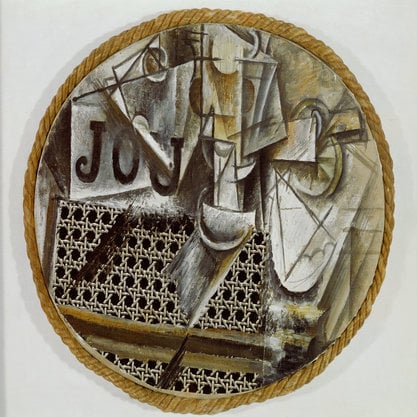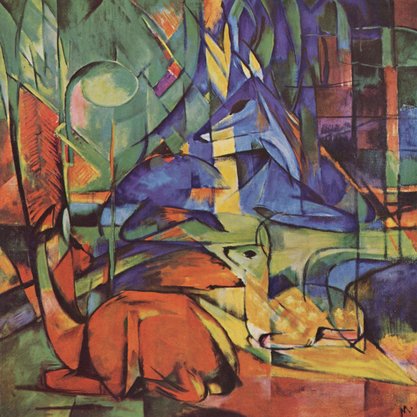Article
Fauvism By Somers-Davis, Lynn M.
Article
French Fauvism (c. 1904–1907) comprised a loosely formed group of painters whose mentor, Henri Matisse (1869–1954), argued for a new approach to painting, integrating the chromatic lessons of Neo-Impressionism, the symbolist evocation of sensation through color and form and the expressive nature of the artist. The style was not programmatically theorized until it was essentially over, and yet Fauvism fundamentally shifted the course of modern painting, anticipating Cubism, Orphism and abstract painting. Fauvism incorporated bold, brash colors, often applied directly from commercially produced tubes of paint; gestural and broken brush-work; lack of finish; and color used for expression rather than description, resulting in flattened and distorted perspectives that radically diverged from mimetic representation. While its pictorial advances shocked conservative critics and audiences of its time, Fauvism – like many early avant-garde movements – maintained an appreciation of historical painting and its iconographies (landscape, cityscape, still life, and portraiture). Similar to Expressionism, Fauvism differed significantly from the German schools Die Brücke (Dresden, 1905–13) and Der Blaue Reiter (Munich, 1911–14) in its stress on pleasing decorative and synthetic effects.




